As we head into Army Football’s first season in the American Athletic Conference, fans have begun wondering what we can expect from this year’s team. Plenty of prognosticators have made attempts to put the season into some kind of numerical context, but alas, these often do not agree. The two most mainstream projections both come from ESPN, and yet they somehow diverge wildly in terms of their expectations for both the Black Knights and the American Athletic Conference generally.

FPI vs. SP+
ESPN started publishing their Football Power Index (FPI) back in 2013. The model attempts to “measure team strength and project performance going forward.” This seems like a laudable goal, especially given the caveat that ESPN actually expects unlikely events to happen a certain percentage of the time, i.e. teams with a 15% chance of winning should, in fact, win about 15% of the time. That may seem obvious, but it assumes a level of statistical understanding that eludes many in this modern world, especially on a game-by-game basis.
As a matter of reality, FPI mostly tries to predict who’s going to make the College Football Playoff. Not only do they care more about the top half of college football, they actually build that bias into their model. So SEC teams get ranked higher because they’re in the SEC while Conference USA teams get ranked lower because they’re in Conference USA. This can create some self-fulfilling prophecies at the end of the season, but what can you do?
Bill Connelly’s SP+ rankings started over on a website called Football Outsiders but have since migrated to ESPN. There’s a lot more going on with SP+, but as far as preseason rankings go, Connelly measures returning production, recent recruiting, and recent history. Folks like SP+ because these rankings tend to be much more conference agnostic than many other systems. Indeed, while FPI claims that Vegas’s rankings would look a lot like FPI, reality says that Vegas usually tends to be closer to SP+.
Why Is Army Ranked So Low?
Both FPI and SP+ value returning production, recent success both on offense and defense, and recruiting. All three present some challenges in terms of Army’s computer modeling.
Offensive Production
The Black Knights return quite a few starters on offense, but though they’ve hit some explosive plays over the last two seasons, they’ve struggled quite a bit with consistency during that same time period.
We saw this in 2022 after the NCAA changed the cut-blocking rules in that the Black Knights started struggling to run the Fullback Dive. Teams tended to stack the box in 2022, counting on their defensive speed for pursuit to the edges. Army successfully used misdirection to break some big runs outside and therefore averaged something like 5 yards/carry on the ground overall. However, they struggled to convert short-yardage situations much more than we’d come to expect, leading to shorter offensive drives and less time-of-possession overall.
2023 saw the opposite problem. The Black Knights went to the Shotgun Option using a zone blocking scheme, and it opened up the middle of the field quite a bit. However, the team then struggled to get outside. Overall production went way down in the running game, and though the team rebounded by the end of the year, the net impact still looks less than ideal when plugged into a computer model.
Most human prognosticators expect the Black Knights to do much better on offense now that they’ve seemingly figured out how to use the under-center triple-option with their new blocking scheme. However, this is all but impossible to model given that the team has a new offensive coordinator, a partially new offensive system, and exactly one game’s worth of actual data on which to base expectations.
It’s worth noting, too, that SP+ tends to systemically undervalue the triple-option because the model itself prizes explosiveness whereas the triple succeeds based on precision, discipline, and consistency. In general, college offenses really need to develop explosiveness to succeed because their quarterbacks just don’t have the accuracy to dink-and-dunk all the way down the field using short passes.
However, Army rarely competes on the basis of sheer explosive athleticism. The Black Knights’ unique discipline and precision of execution have become the team’s signature strategic advantages. Which is fine on the field but difficult to model using a computer, especially since it’s so different than what the rest of college football is trying to do. One could build a model that accurately predicts Army’s offensive success, but that model would struggle to make sense of the rest of college football.
All of this makes 2024 a highly unusual year in that SP+ likes the Black Knights a lot more than FPI does. This might be the first time that has ever happened. Given that most Army fans — reasonably — expect the team to outperform their SP+ expectations, those same fans expect a good season overall.
Defensive Production
The Black Knights have a proven defensive coordinator in Nate Woody but return just three starters on that side of the ball. FPI thinks this is a disaster. SP+ agress but tends to show a good bit more faith in Nate Woody.
Fans can reasonably expect the Black Knights’ defense to improve over the course of the season. However, this team will want to truly dominate time-of-possession in the season’s opening weeks as its defense comes together. We have good reason to expect Army to outperform its offensive expectations, but its defensive expectations ought to be a lot more accurate, at least during the early part of the year.
Recruiting
None of the ranking systems ever like Army’s recruiting because the Black Knights never get four or five star athletes. Like a lot of this stuff, Army’s four-year developmental system presents these models with massive challenges, aided by the fact that few other college football teams still do it this way.
Again, it is possible to model this stuff. However, that model would in no way reflect what’s happening in the rest of college football.
4th Quarter Warriors 💪💪 pic.twitter.com/yPP4ReGePB
— Army Football (@ArmyWP_Football) August 5, 2024
Final Thoughts
It’s tough to know how much Army’s entrance into the American Conference has affected the team’s preseason rankings. The Black Knights have an almost three-point spread between FPI and SP+. At least some of that comes down to the ways that the two models see the conference overall. Teams like FAU, Tulsa, and ECU have truly massive spreads between the way these two models see their seasons. We have no idea what to do with this but can admit that just averaging expectations together is probably not the right approach.
How can we reconcile the reality that FPI thinks FAU and ECU will be basically good while SP+ tends to think both teams will be terrible?
Both of these things are not going to be true at the same time. More to the point, while preseason predictions might offer a way to understand early team expectations, we shouldn’t take any more from them than that.
Reality says that Army will probably not be favored in very many games early in the year. However, these early betting lines are close enough that we probably ought to think of them as within the various models’ overall predictive error. Most of these games look like they ought to be close.
If Army plays well, these mostly look like winnable games. In the early going, however, the team needs to make its offense work in order to have the success that we all think this team can have. With that in mind, most human prognosticators have the Black Knights finishing fourth or fifth in the American Conference. That’s not something most computer models will tell you (Massey does!), but it’s a reasonable point of view for early August.
Thankfully, we’re actually going to play these games. Arguing about what a computer model says now, before the season starts, is therefore a fool’s errand. Thank God it’s almost football season!

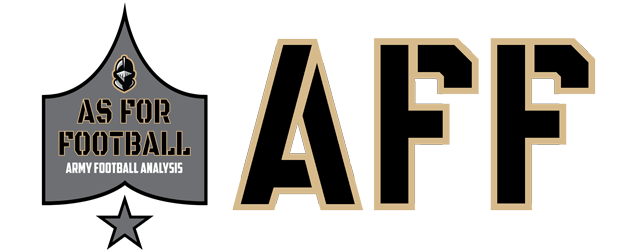
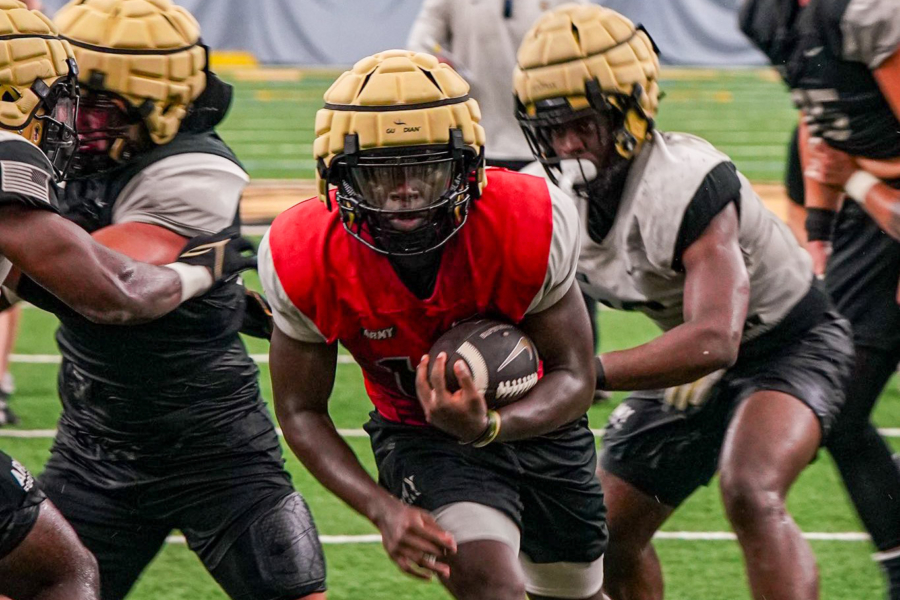

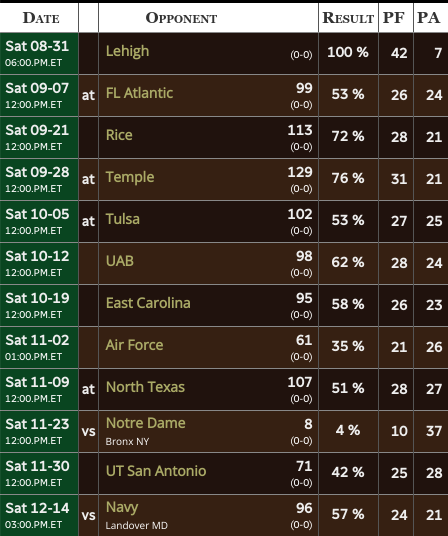

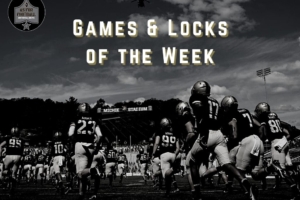
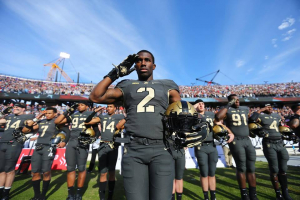
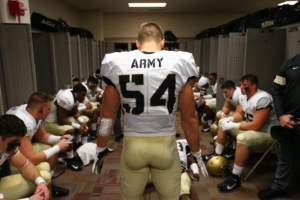





Leave a Reply
Your email is safe with us.